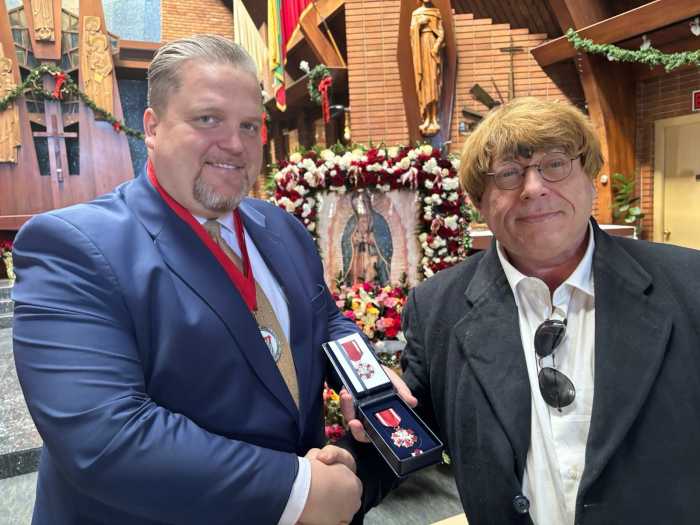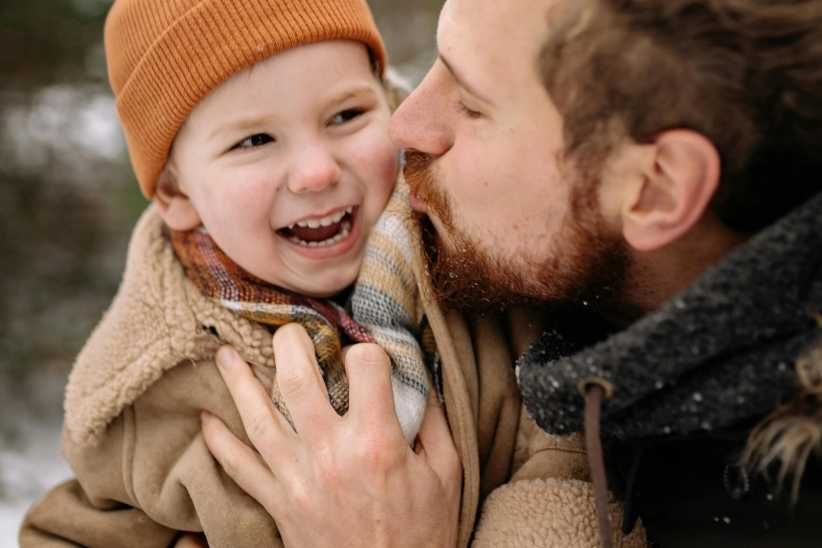By Helen Klein
Community Board 14 has given the go-ahead to a group home for four developmentally disabled boys in Midwood. The home, which would be located at 1724 Ocean Avenue, would be run by Human Care Services for Families and Children, which already has a residence for four developmentally disabled individuals in the same, three-family building. The board voted to support the group home at its general board meeting, which followed by several days a public hearing held by the board on the matter. At the public hearing, the consensus of board members present was to recommend approval of the facility. The general board meeting was held at Edward R. Murrow High School, Avenue L and East 16th Street. The public hearing was held at the board office, 810 East 16th Street. According to the proposal submitted by Human Care Services to CB 14, the three residents of the new apartment would be “non-ambulatory and gait-impaired” males, all of whom would attend six hours of day treatment, day habilitation or sheltered workshop programs each weekday. The facility would have 24-hour supervision, and recreational activities would be planned for evenings and weekends. Esther Lustig, the executive director of Human Care Services, said that the apartment being sought by the agency is the first-floor apartment, which has a multiplicity of benefits. For one thing, it is handicapped accessible, which is ideal for the individuals being considered for the home. “This is wheelchair-accessible and barrier-free, which is hard to get in Brooklyn,” Lustig told the board members who attended the public hearing. In addition, having the first-floor apartment would give the agency access to the backyard, which Lustig said was large and almost park-like. While the current occupants of the group home at 1724 Ocean Avenue are “high-functioning,” the second residence being proposed for the site would be for little boys, age nine or 10, who are, said Lustig, “More profoundly retarded.” They do not have “Behavior issues,” Lustig assured her listeners. “These are individuals who have more medical needs, ambulation needs. One young boy is on a feeding tube. It is difficult for their parents to care for them at home. None of the children is in a wheelchair but they do have difficulties with ambulation.” The ratio of staff members to residents would be three to four, said Lustig. Asked by Human Services Committee Chairperson Carmen Cerio Belle what the likely incidence of medical emergencies was, Lustig was reassuring. “We don’t anticipate that. These are medical issues that we believe we can deal with. If they need that kind of services, they don’t belong with us. They all can go to school, but I wouldn’t call them medically sound. If someone is neurologically impaired and has a seizure we deal with that all the time. Lustig asked the board about their reaction to the idea of the agency renting the third apartment in the same building, While the state Office of Mental Retardation and Developmental Disabilities (OMRDD) has approved the current application for four residents, Lustig said the agency was “possibly looking at dropping it to three.” If they opened another group residence for three individuals in the same building, she said, it would bring the total number of residents at the site to 10. “We wouldn’t go further than that,” said Lustig, and assured her listeners, in answer to a question posed by CB 14 District Manager Terry Rodie, that the agency would come back to the board for approval should they go ahead with the third residence. “It’s impossible to tell,” noted Rodie, “how 50 people will vote but I think your history will pretty much dictate how the board feels in the future.” Roni Beer, the director of residential services for Human Care Services, stressed that the residents of the agency’s first home, which opened about six months ago, had been warmly welcomed into the community. The intention, she said, was for the residents of the second home to use community stores and synagogues, as well. Asked whether Human Care Services had established a community advisory committee, Lustig said that had not yet occurred. “As we expand,” she told her listeners, “that would be the next step.” Added Rodie, it would be a necessary one. “We would require that you establish a community advisory committee, and we would help you with that.” No community residents came to the public hearing to voice their opinion regarding the facility, either for or against. Letters of notification for the public hearing were distributed by Human Care Services within a 200-foot radius of the proposed site of the facility. The board had the opportunity to review the siting of the home, thanks to New York State’s Site Selection Law, otherwise known as the Padavan Law, which delineates a process of public notification and public hearings, and a time frame in which these take place. However, while review is required, the overwhelming likelihood is that once a site has been identified, the home will go forward, because the only grounds for challenging one is over-saturation, a condition that remains undefined by the state. According to a handout on the law, created by the New York State Senate, rejection must be based, “On the grounds that the neighborhood is already saturated with such sites.” The handout also states, “It is up to the community to prove that a group home should not be built because there is already such a concentration of sites that a new one would alter the character and nature of the community.” Indeed, under law, the municipality, represented in New York City by the community board, has only three choices — to approve the facility, to recommend an alternate site within the community board catchment area, or to disapprove the site, based on the above. If a community board rejects a particular home, it becomes the subject of a commissioner’s hearing. However, in virtually all cases that have gone that route, the community board’s recommendation has been overturned, and the home has gone forward.



































